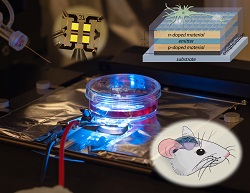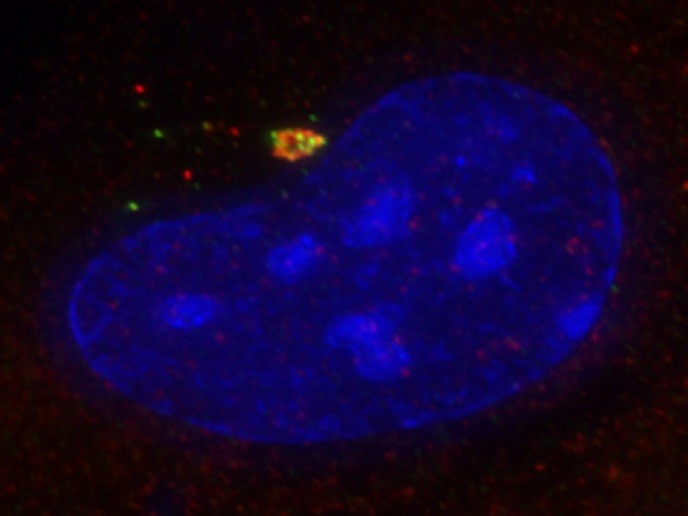Energy-efficient computing inspired by nature
So-called supercomputers are often used to tackle a range of technologically and societally complex issues. These can include weather forecasting and climate research, as well as molecular modelling and simulations of flight plans and spacecraft aerodynamics. A key challenge however is that these supercomputers use vast amounts of electric power. This means that the development of ever more powerful computers is hampered by our limited ability to cool their processors. “Computers require a lot of electric energy per calculation,” explains Bio4Comp project coordinator Heiner Linke from Lund University in Sweden. “If a problem requires a large number of operations, this typically comes with a substantial energy cost. This is challenging, in terms of not only cost and sustainability, but also pure heat management.” In addition, supercomputers are not always very good at doing many things at the same time. This can make them inefficient when it comes to calculating complex issues such as resource allocation in industrial processes.
Network-based computation
The EU-funded Bio4Comp project sought to address these challenges by pioneering new advances in what is known as network-based biocomputation (NBC). This parallel-computing approach, which harnesses the power and efficiency of biomolecular machines, aims to solve complex problems at low energy cost, and within reasonable time frames. “Imagine a computer chip that runs on a few nanograms of biofuel, rather than kilowatts of electrical power,” says Linke. Such an approach would use significantly less energy than conventional computers, and help to address issues related to power consumption and heat dissipation.
Running biomolecular machines
The project set about realising this ambition by combining two original ideas. First, the hardware. This consists of nanosized channels etched onto a silicon chip. These channels form a maze, representing a mathematical algorithm. “Second, we used biomolecules that explore all possible paths through the maze, and by doing so perform the actual mathematical operation,” adds Linke. These biomolecular machines – cytoskeletal filaments driven by molecular motors – are each only a few billionths of a metre (nanometres) in size. Whenever they reach a junction in the network, they either add a number to the sum they are calculating or leave it out. That way, each biomolecule acts as a tiny computer. While an individual biomolecule is much slower than a current computer, they are self-assembling so that they can be used in large numbers, quickly building up their computing power. The project team successfully tested their NBC model on a series of specific mathematical problems requiring a very large number of calculations. “The two problems we focused on are called Exact Cover and Satisfiability, but we believe there are other problems where NBC architecture may be particularly effective and suitable,” notes Linke.
Carbon-neutral digitalisation
The Bio4Comp project has demonstrated that NBC is a viable approach to complex computational problem-solving, offering significant lower energy consumption than electronic processors. “We have presented a computation platform that uses orders of magnitude less energy than electronic computing,” he remarks. “This is our contribution towards a carbon-neutral digital industry.” Significant challenges of course remain in terms of fully scaling up the technology. The project addresses these challenges in a roadmap, which identifies key scientific and technological needs for upscaling NBC. “Specifically, we identify technology benchmarks that need to be reached or overcome, as well as possible solutions for how to achieve this,” says Linke. These include methods for the large-scale production of nanoscale physical networks.
Keywords
Bio4Comp, energy, computing, biomolecular, carbon, digitalisation, supercomputers







